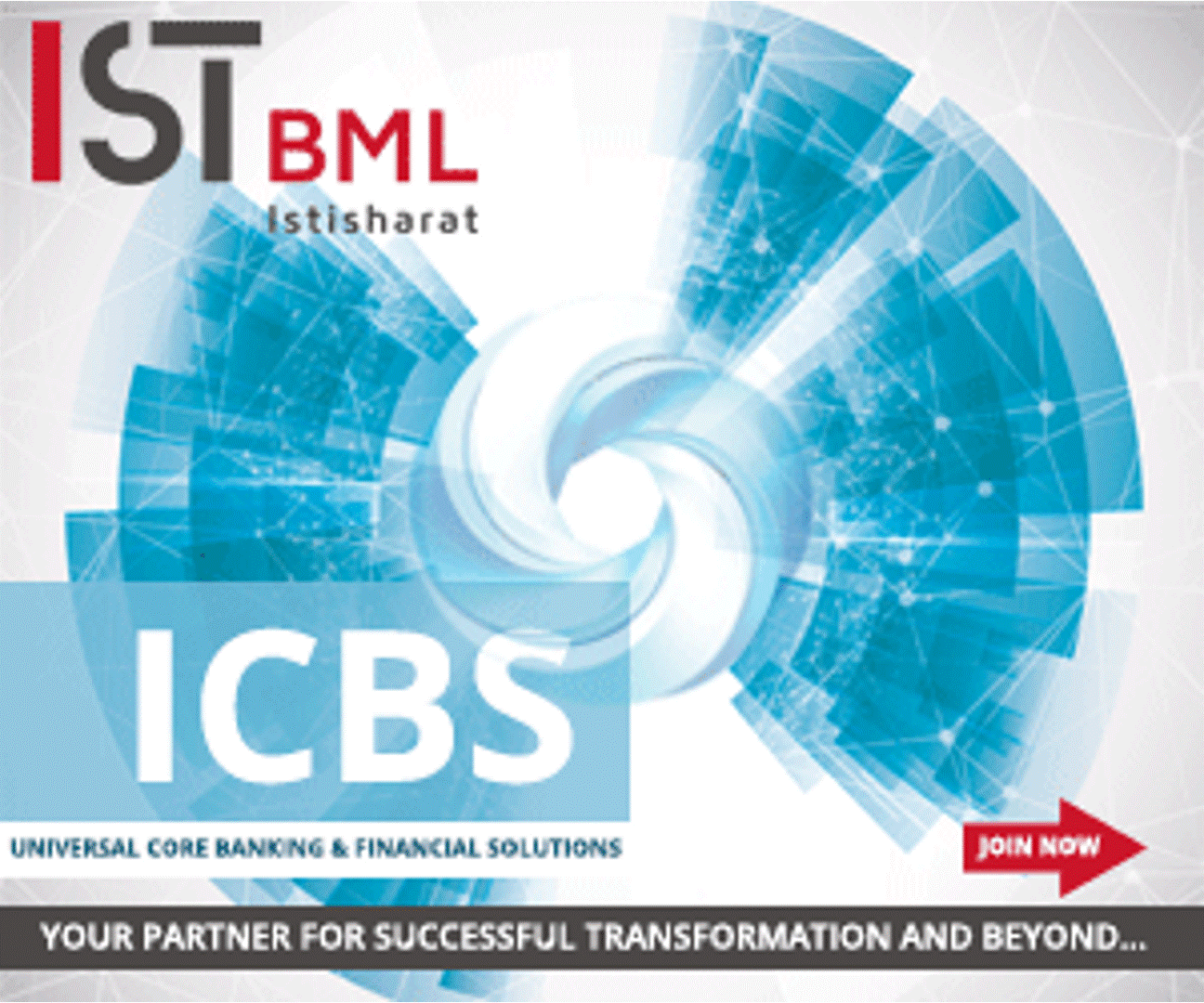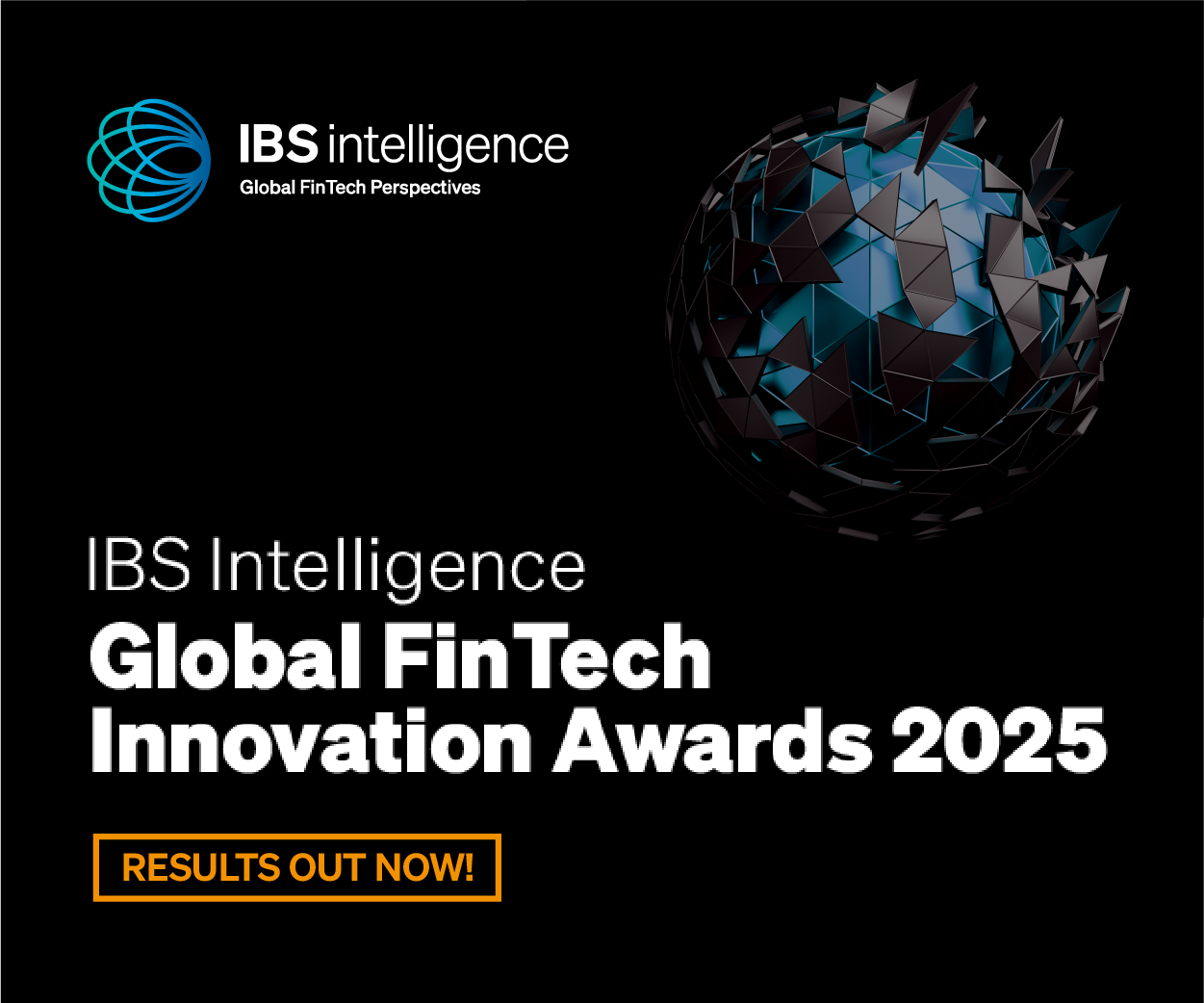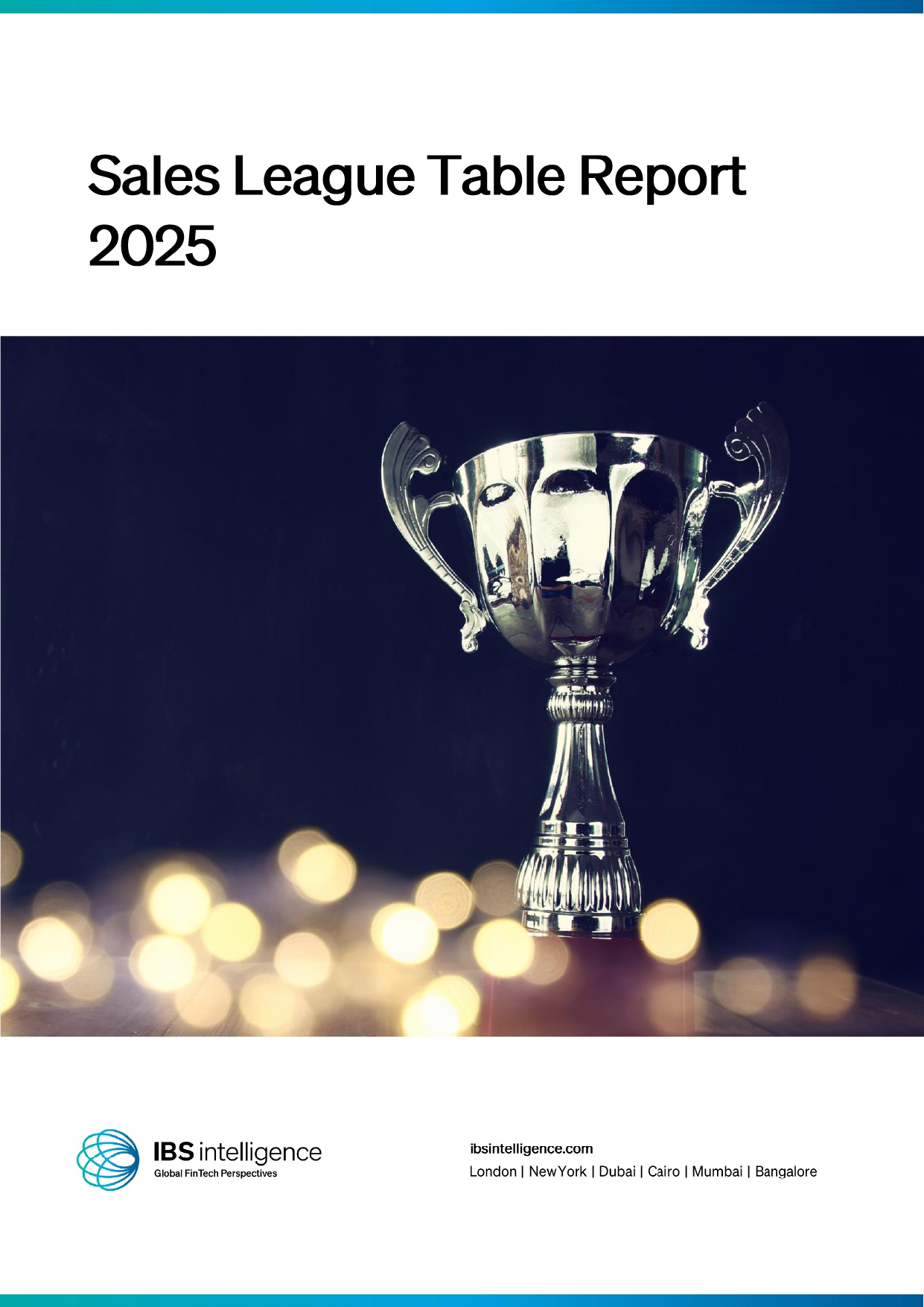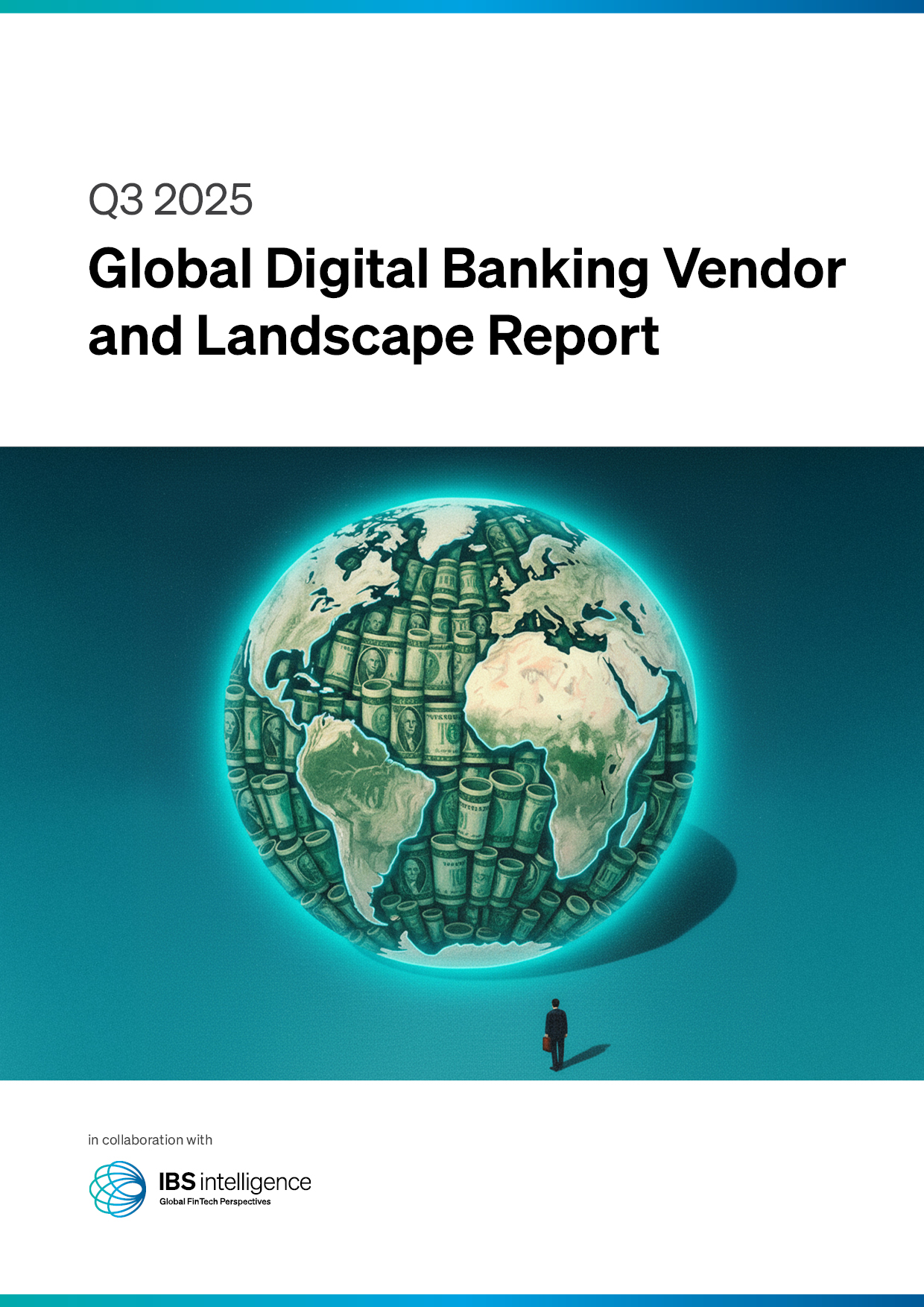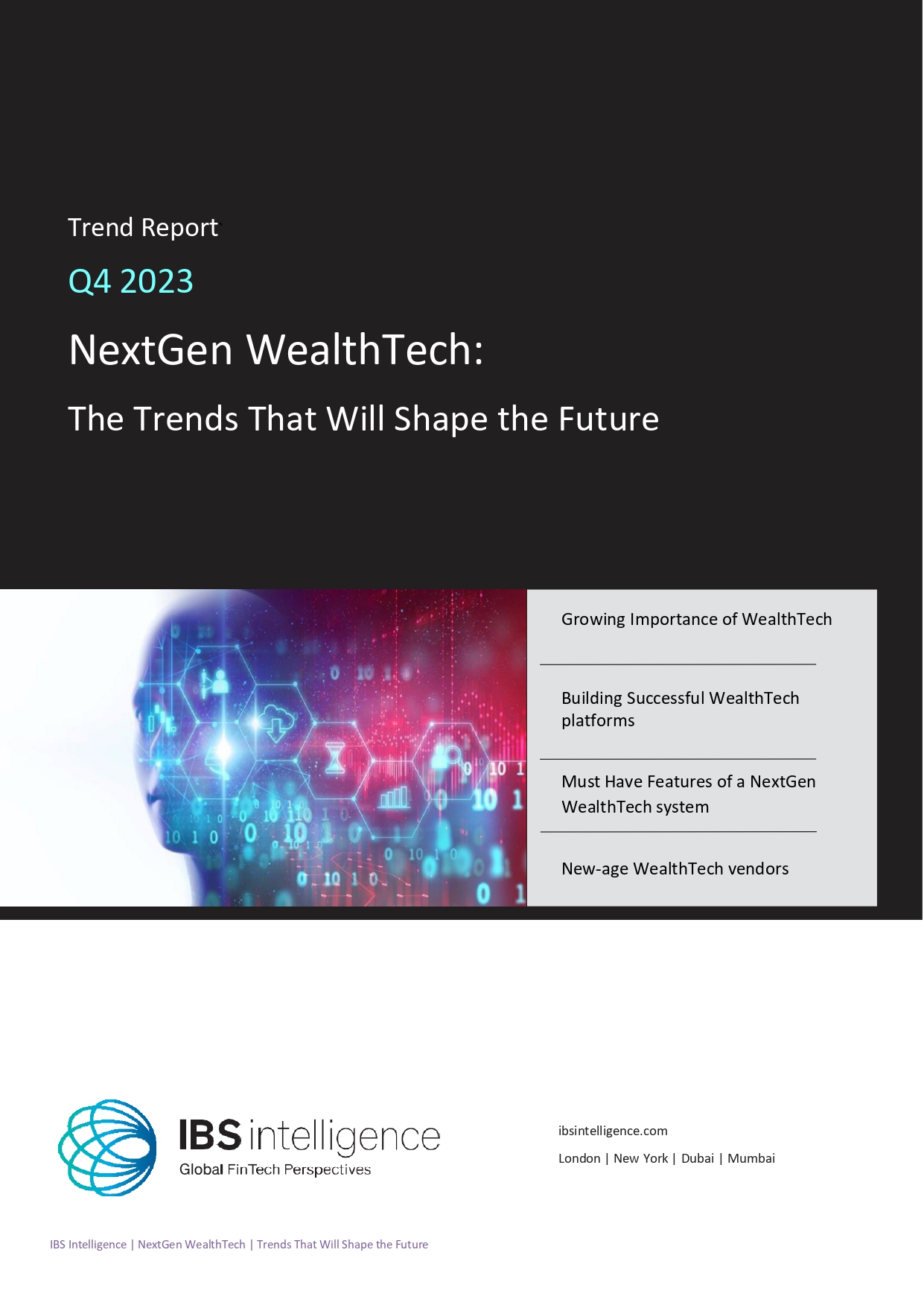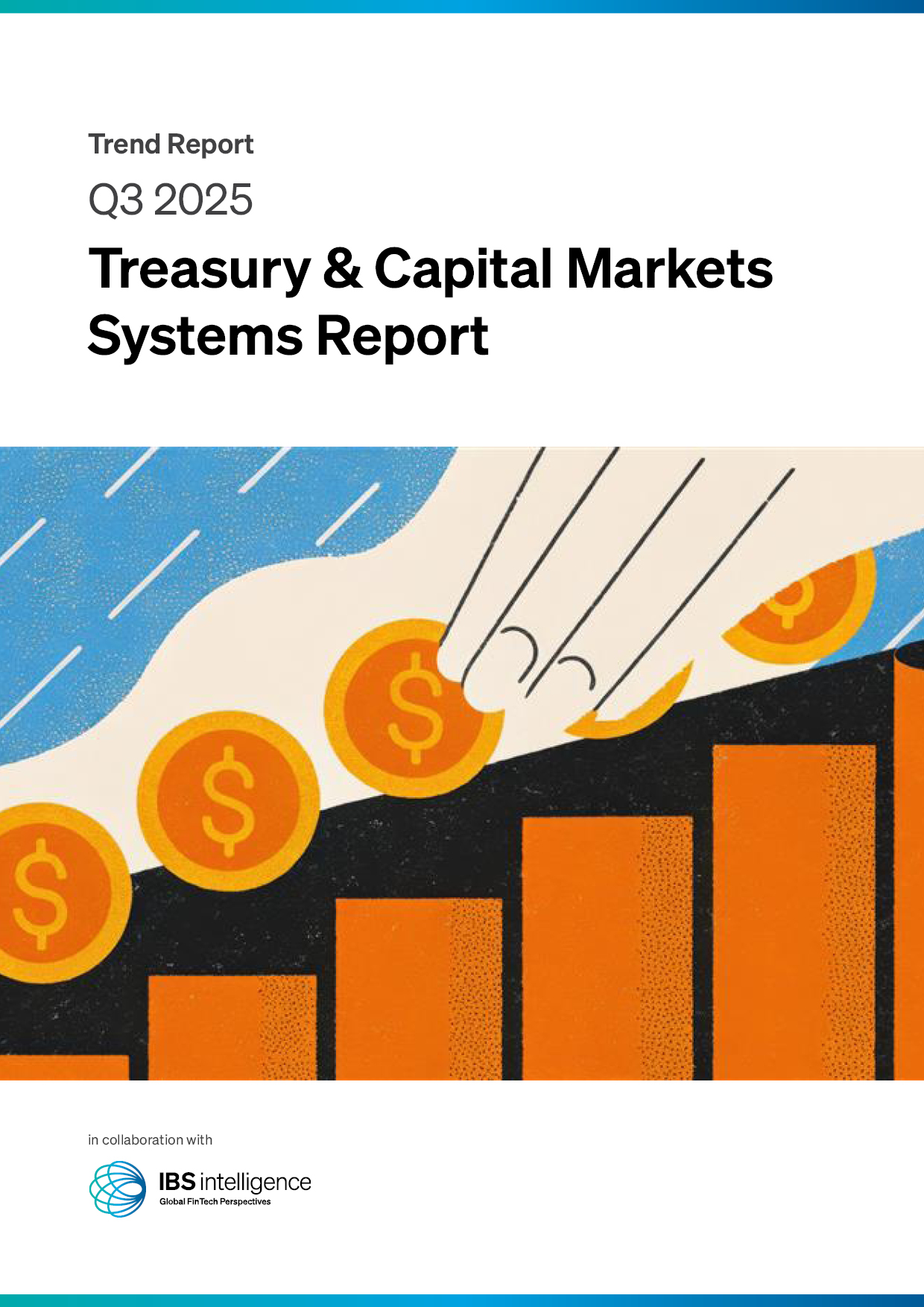 Back
Back
3 trends financial institutions should see
By Edlyn Cardoza
 SRM (Strategic Resource Management) is an independent advisory firm serving financial institutions and other industries across North America and Europe. SRM has shared insights on the top trends it has seen impact banks and credit unions this year and predictions on how they’re likely to affect the industry moving forward.
SRM (Strategic Resource Management) is an independent advisory firm serving financial institutions and other industries across North America and Europe. SRM has shared insights on the top trends it has seen impact banks and credit unions this year and predictions on how they’re likely to affect the industry moving forward.
Banks and credit unions will need to pay attention to developments with digital assets, Buy Now, Pay Later (BNPL), and regulatory oversight, while also dealing with the fallout from inflation and aggressive interest rate hikes.
“The first half of 2022 has been remarkably eventful for the financial services industry with some significant changes and developments in emerging areas,” said Brad Downs, CEO of SRM. “There is no reason to expect the pace of change to slow in the second half of the year. These issues will remain important for all financial institutions’ success today and in the future.”
Here are 3 trends to watch out for in the second half of 2022:
- Cryptocurrency
Cryptocurrency has been on top of the mind for the entire financial services industry this year. Several financial institutions, particularly credit unions, launched buy/sell/hold crypto capabilities in recent months in partnership with FinTech firms providing the supporting custodial services, as required by regulators’ current stances.
Rapidly evolving developments in this space have reinforced the need for client education – a role banks and credit unions are positioned to fill, given their trust-based relationships. In addition, multiple surveys indicate a broad base of consumers would prefer to manage crypto activities through their trusted financial institution. Debacles with uninsured entities TerraUSA, Celsius, and Voyager illustrate how sensible regulation could further stabilise and grow the market.
- Buy Now, Pay Later
The Buy Now, Pay Later (BNPL) space has encountered a similar trajectory to crypto. Some of the steepest drops in valuation have been among BNPL-focused FinTech firms in the US and abroad. At the same time, use cases are expanding. With recent inflation, standard household purchases increasingly look like logical BNPL candidates as consumers continue spending despite inflation concerns.
The BNPL model has piqued the interest of a meaningful consumer demographic, which sometimes perceives it as an alternative to credit card debt. SRM continues to see a role for financial institutions in the BNPL space – an idea explored in this recent white paper. Although regulation will increase, financial institutions are equipped to navigate this challenge. It’s necessary to choose partners wisely, monitor risk, reserve appropriately, and determine proper product positioning among an institution’s broader suite of offerings.
- Regulatory Changes and Developments
Federal agencies have been managing requests for comments and information on various issues, such as the Presidential Executive Order that seeks clarity on digital assets and calls for reports from numerous agencies by December.
The Federal Reserve’s request for feedback on central bank digital currencies (CBDCs) has drawn an unprecedented volume of public submissions. Statements from the new Consumer Financial Protection Bureau (CFPB) Director, Rohit Chopra, have outlined his priorities, including reviews of the CARD Act, the Fair Credit Reporting Act, and NSF/overdraft charges, among other things.
ALSO READ: Global FinTech Use Cases Report 2021 – IBS Intelligence
IBSi FinTech Journal
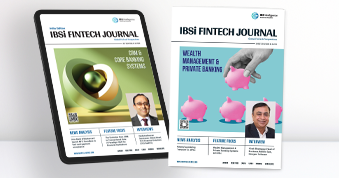
- Most trusted FinTech journal since 1991
- Digital monthly issue
- 60+ pages of research, analysis, interviews, opinions, and rankings
- Global coverage

